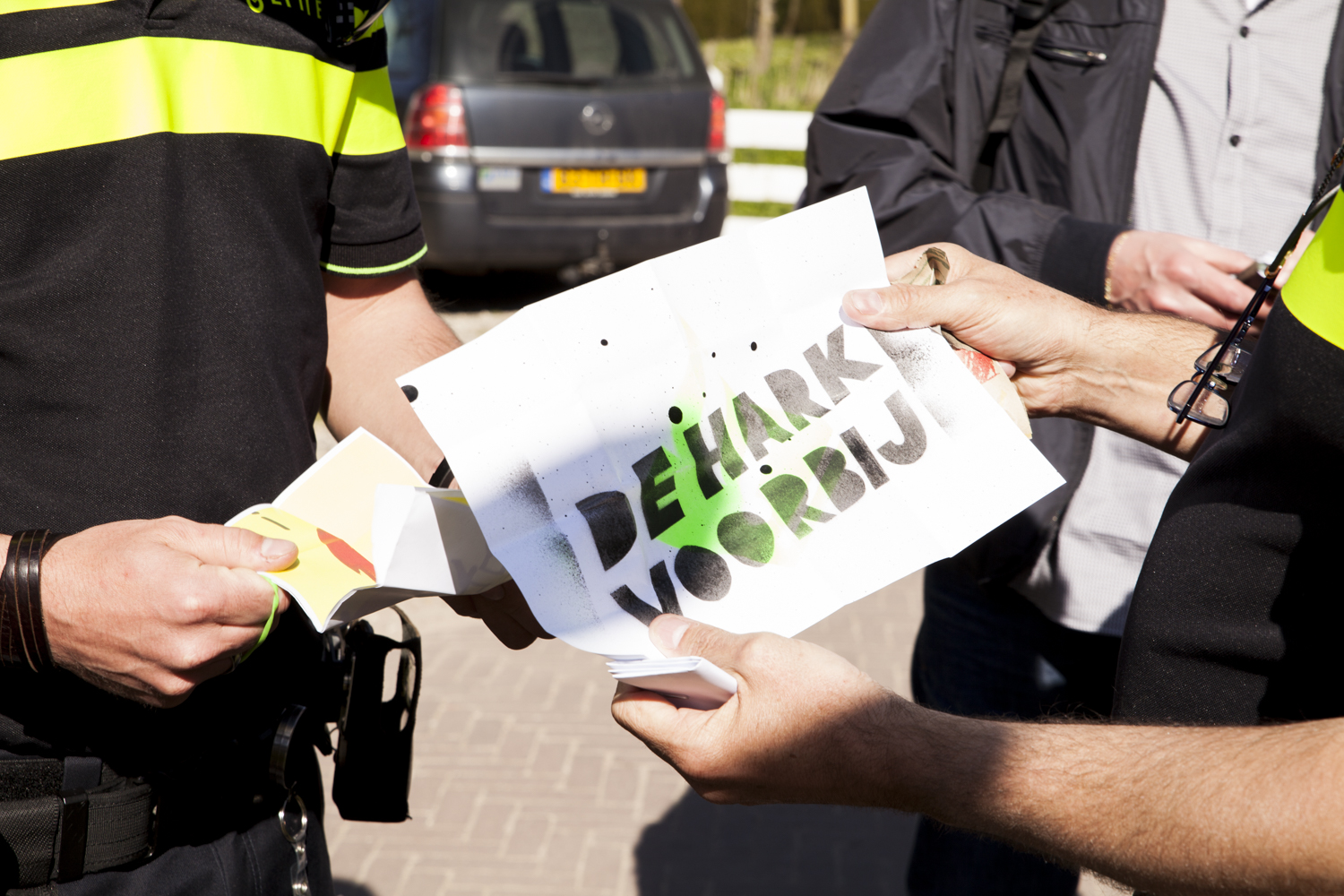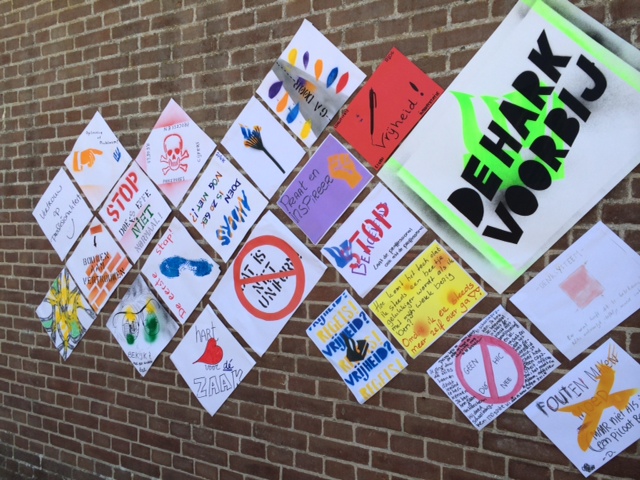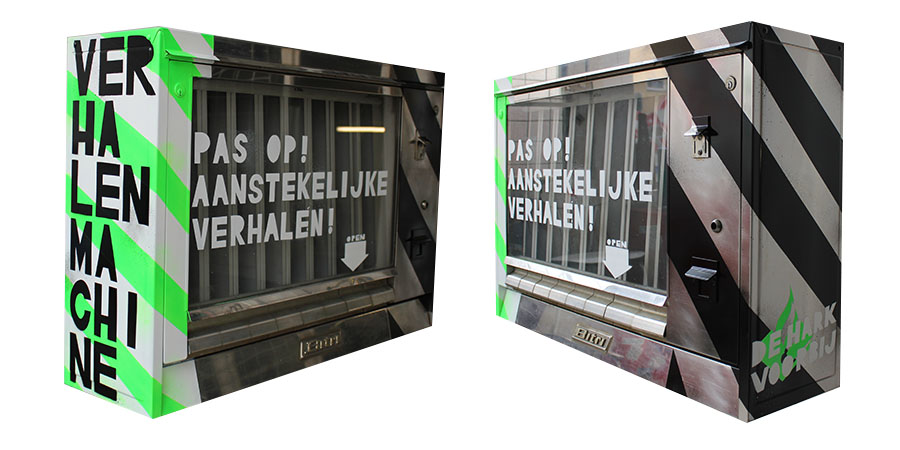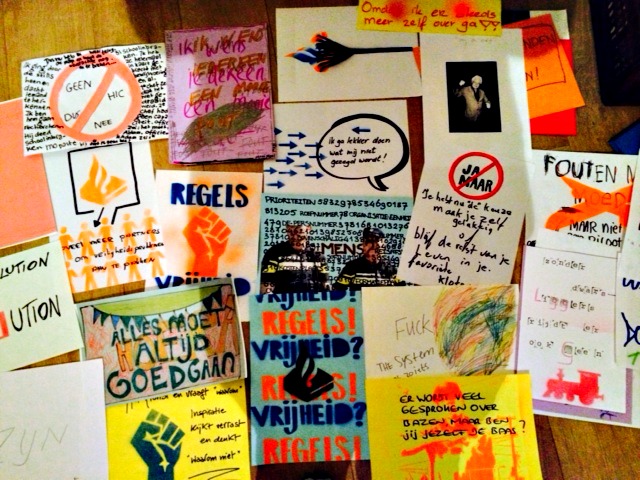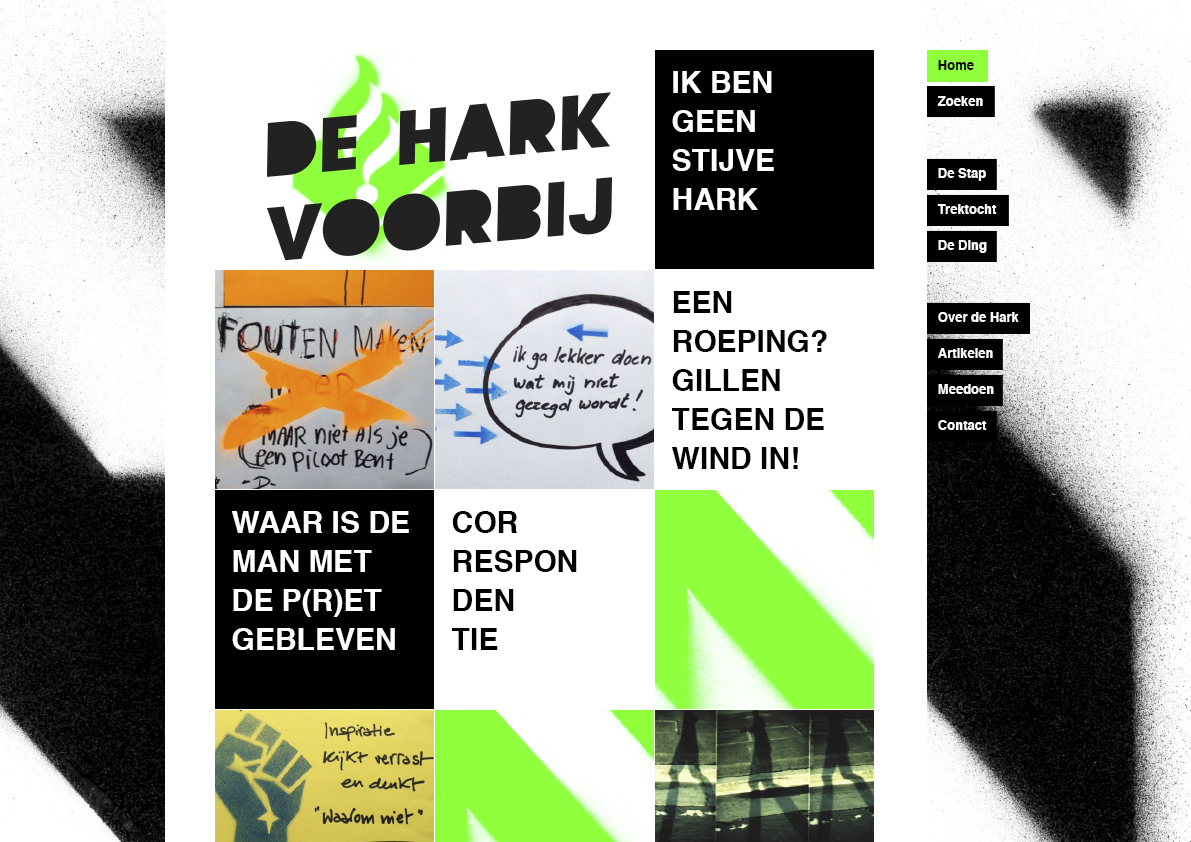Fortunately, in many organisations, professionals are standing up and forming movements to reclaim their own professionalism, judgement and space to do their work properly.
In an earlier post I talked about a movement within the Dutch National Police, in which I took part between 2013 and 2016. Not as a police woman, but as a ‘communication activist’. This movement, that in Dutch was called De Hark Voorbij (literally: Beyond the Rake. A reference to the common organisation chart of a top down organisation), was initiated by the police workers representative board and designed by DeLimes, a network of ‘organisation activists’, to help the police men and women rediscover how to have a say in their own work and in what they think is good policing.
As a part of the police movement, we discovered that this movement that we called a ‘slow emancipation movement’ needed another type of communication than the classic, top down corporate communication. It is what I call ‘activist communication’. A different style, a different approach and different methods.
Story catching
Story catching; that was the basis for the communication of the programme from the start. The stories of the participants, their experiences, their discoveries, their struggles and inspiration and their insights. In order to spread their ideas and the philosophy of the programme. We distributed the stories through a sheltered intranet platform, social media and in a supplement to the employee magazine of the police. Designed in the corporate style of the police. Not very striking and quite conformist.
